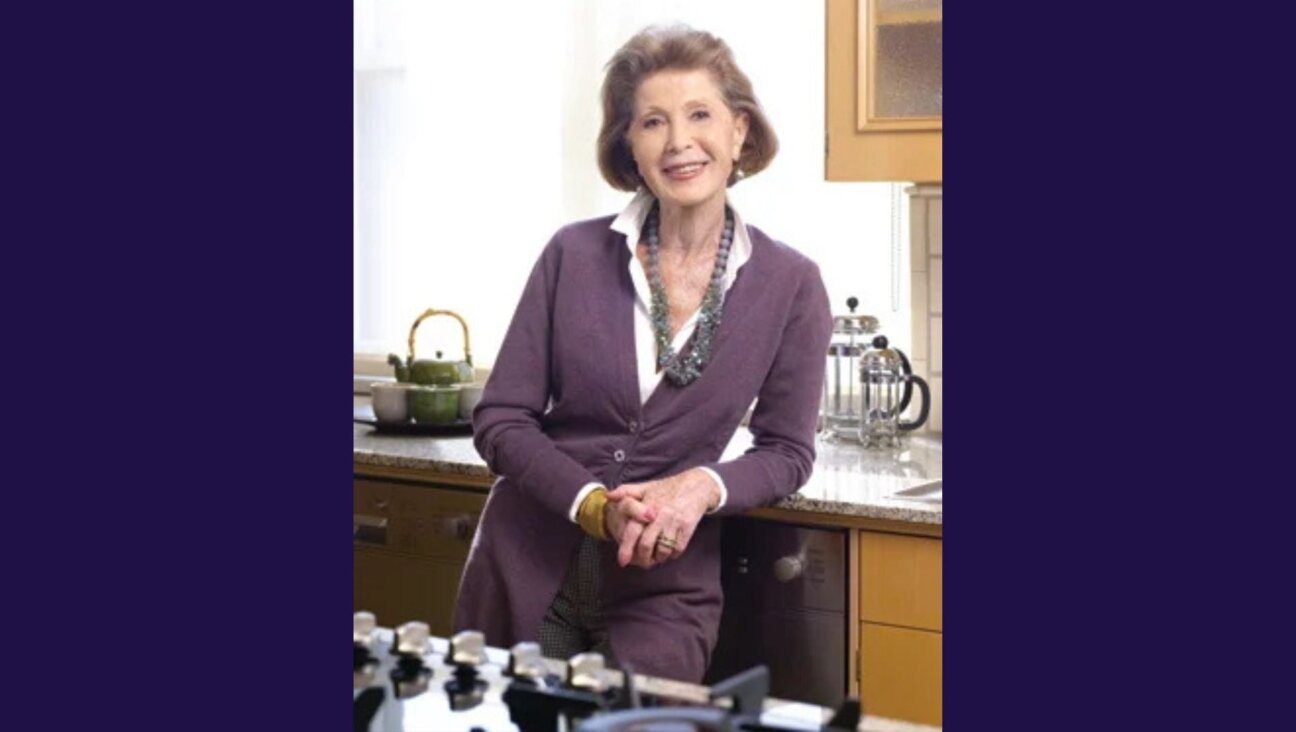The Secret Jewish History Of The Kit Kat Jingle

Kit Kats Image by Getty Images
Last March, a few days before Purim, I happened to catch a new episode of Food 52’s “Burnt Toast” podcast. The entire episode was devoted to the unusual history of what a 2003 University of Cincinnati study declared was one of the top ten earworms of all time: the “Gimme a Break!” Kit Kat jingle. The ad first aired in 1986, and we have been collectively compelled to sing it ever since. And as this article will demonstrate, the secret Jewish history of this legendary jingle sheds an interesting light on our strangest of holidays.
First, both the composer and lyricist of this jingle are Jewish. Ken Shuldman was a junior copywriter at the legendary ad agency DDB Needham (the same agency that produced the famous “You Don’t Have to Be Jewish to Love Levy’s Real Jewish Rye” ads). Shuldman would go on to great success in the advertising industry, and worked pro bono to create advertising campaigns for the Anti-Defamation League and the Museum of Jewish Heritage in New York City. Shuldman is also the author of “Jazz Survivor, The Horn Player of Auschwitz.” Michael A. Levine, the prolific, Clio-award winning composer who wrote the music for the Kit Kat jingle, is also an accomplished violinist (he’s been called the “Jimi Hendrix of Violin!”). As a teenager, Levine was inspired by a Passover seder to write a rock opera called “Worlds,” which imagined life in the time of the Exodus.
But it’s the strange twists of fate, and the topsy-turvy themes behind the jingle that most strongly evoked the Purim story for me. In the Burnt Toast podcast, Levine confides to host Kenzi Wilbur that one of the top ten jingles of all time was never even supposed to exist. In 1986, DDB Needham already had a new Kit Kat campaign lined up, complete with a new jingle sung by Dr. John. But agencies don’t like to approach clients with a single choice, so it’s common for a low-budget “cannon fodder” campaign to be presented as well, so when the client picks the “real” campaign, they feel like they are making a choice. So when the music producer at DDB Needham offered Levine this “suicide mission,” he agreed to take it on. As he told Wilbur, “The answer to success in this insane career is to always say yes.” Levine rode the elevator down three flights from his meeting at DDB Needham, and by the time he reached the ground floor, he had the basic jingle sketched out (“it was a slow elevator,” he quipped on the podcast). In a shocking upset, this peppy zydeco jingle, recorded by Levine himself along with a few friends, wound up testing so well that Hershey chose it over the more polished, expensive campaign, and clearly they made the right choice. It’s been said that an entirely new Kit Kat factory had to be built due to the success of Levine and Shuldman’s jingle.
Events that appear to be self-determined turn out to be orchestrated behind the scenes? A powerful entity makes a shocking, unpredictable choice that leads to widespread happiness, singing, and communal treat eating? Sound familiar? But wait (as they say in the ad biz), there’s more: When asked why he thinks his jingle has enjoyed such longevity, Levine offered a philosophical answer — stickiness. It’s a concept he learned from Malcolm Gladwell that examines the compelling nature of items that contain an unresolved contradiction within them — the Mona Lisa’s smile, or a negative expression like “Gimme a break!” set to a happy tune. As Levine points out on Burnt Toast, even the jingle’s melody itself contains a contradiction — a happily-rising major pentatonic, followed by a bluesy descending pattern.
There is no holiday that more explicitly celebrates the paradoxical nature of reality — darkness within light, surprising contradictions, unpredictable plot twists — than Purim. There’s even an expression baked right in to the Megillah itself, “V’nahafoch hu” — “And it was turned upside down,” which describes the essential stickiness of the Purim story, and, perhaps, to Jewish life itself. In an interview over email, I asked Levine if he saw any parallels to this concept of “stickiness” in the Jewish tradition. For example, breaking a glass at a Jewish wedding, or the “kvetch” notes in klezmer which sound like both a sob and a laugh. Levine answered — “There is something fascinating about a culture that emphasizes authority and yet has produced more rebellious thinkers than any other.” And in terms of music, Levine told me, “I don’t think there is a decent piece of art that does not include both darkness and light.”
Our brains find these unsettled tensions disorienting and endlessly fascinating, as we continuously try to resolve the unresolveable. This inherent instability (of both plot and people) is built in to the matrix of the Purim story, which is a source of both intense anxiety and great hilarity. In the end, the story offers up the same solution as the Kit Kat jingle: “You could keep it to yourself but it wouldn’t be fair.” As Levine put it at the end of his Burnt Toast interview, “…[T]he essence of Kit Kat is sharing.” In the penultimate chapter of the Purim story, Jews are encouraged to share not only the story, but food with the needy, and treats that represent our happiness despite (or because of!) a life of continual uncertainty. The moral of the Purim story (and the Kit Kat jingle): We stick together by embracing contradictions, and by sharing our joy with others.
Eric Schulmiller is the Cantor of the Reconstructionist Synagogue of the North Shore, and has written humor and culture pieces for the New York Times, The New Yorker, and The Atlantic.















